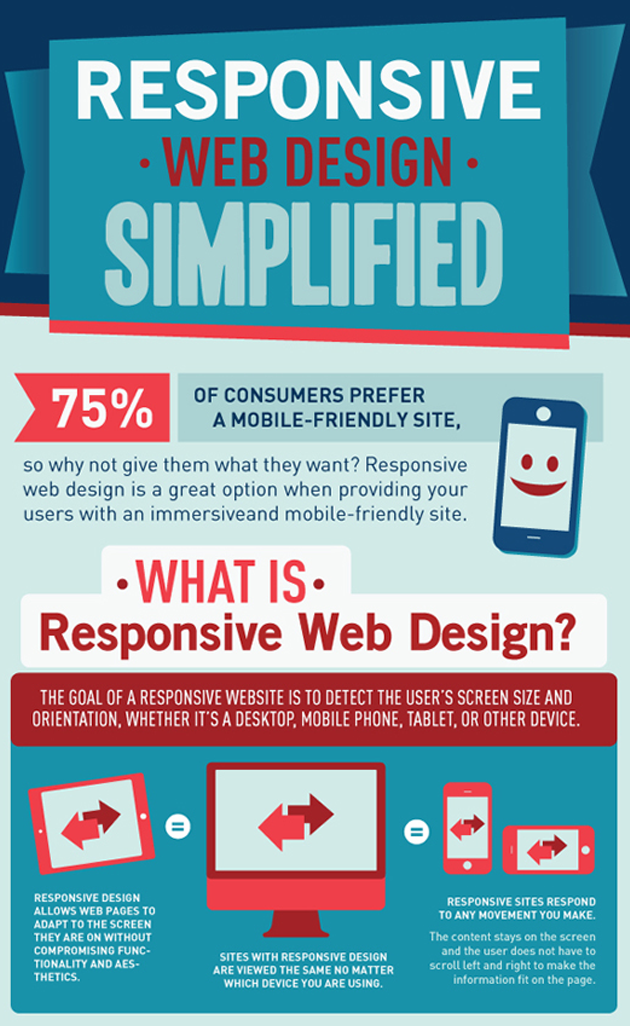Keen To Find Just How Site Style Has Changed Gradually? Dive Into The Advancement From Simplicity To User-Focused Experiences
Keen To Find Just How Site Style Has Changed Gradually? Dive Into The Advancement From Simplicity To User-Focused Experiences
Blog Article
Authored By-Booker Clarke
In the past, sites were easy and concentrated on info. Navigation was direct, and design was for desktop computers. Currently, user experience is vital. Information overviews styles for very easy navigation. Receptive formats suit various tools. Today, dark mode decreases pressure, and minimal menus boost navigation. Interactive attributes involve users, and bold visuals stand apart. AI combination boosts involvement. See exactly how design has developed to improve your online journey.
Early Days of Web Design
In the very early days of web design, simpleness preponderated. Web sites were standard, with restricted colors, font styles, and layouts. The emphasis was on providing info rather than fancy visuals. Customers accessed the internet through sluggish dial-up connections, so speed and capability were essential.
Navigating menus were straightforward, typically located at the top or side of the web page. Sites were designed for computer, as mobile surfing wasn't yet common. Content was king, and designers focused on easy readability over complicated design aspects.
HTML was the main coding language made use of, and designers had to function within its restraints. Animations and interactive attributes were marginal compared to today's standards. Internet sites were fixed, with little vibrant content or customized customer experiences.
Rise of User-Focused Style
With the advancement of web site design, a shift in the direction of user-focused layout concepts has come to be progressively noticeable. Today, creating web sites that prioritize customer experience is crucial for engaging visitors and attaining organization objectives. User-focused design involves recognizing the demands, choices, and habits of your target market to tailor the site's design, material, and includes as necessary.
Developers currently perform detailed research study, such as user studies and usability screening, to gather insights and responses directly from customers. This data-driven method aids in producing instinctive navigating, clear calls-to-action, and aesthetically enticing interfaces that resonate with visitors. By putting the customer at the center of the style procedure, internet sites can supply a much more personalized and delightful experience.
have a peek here has actually additionally emerged as a key element of user-focused layout, making sure that sites are maximized for numerous gadgets and screen sizes. This versatility improves access and use, catering to the varied ways users connect with websites today. Essentially, the rise of user-focused style represents a shift in the direction of creating digital experiences that prioritize the requirements and expectations of the end individual.
Modern Trends in Website Design
Discover the current trends shaping web design today. One popular fad is dark setting design, supplying a smooth and contemporary look while minimizing eye pressure in low-light atmospheres. An additional essential trend is minimal navigation, simplifying menus and enhancing user experience by focusing on essential elements. Incorporating micro-interactions, such as animated buttons or scrolling results, can create a more engaging and interactive website. Receptive layout continues to be essential, making certain seamless user experiences across numerous tools. Furthermore, utilizing strong typography and asymmetrical designs can add visual interest and accentuate particular content.
Integrating AI innovation, like chatbots for consumer support or tailored referrals, improves individual interaction and streamlines processes. Ease of access has also become a substantial trend, with developers prioritizing inclusive style methods to satisfy diverse user requirements. Accepting sustainability by enhancing site performance for rate and efficiency is an additional arising fad in website design. Collaborating with user feedback and information analytics to iterate and boost layout continuously is crucial for remaining appropriate in the ever-evolving digital landscape. By embracing these modern patterns, you can produce an aesthetically attractive, straightforward site that resonates with your audience.
Verdict
As you assess the advancement of website design from the early days to currently, you can see how user-focused design has actually come to be the driving pressure behind modern-day trends.
Welcome the journey of adjustment and adaptation in website design, constantly maintaining the customer experience at the leading edge.
Tippingpointdigital
Keep existing with the current patterns and modern technologies, and never stop progressing your technique to develop aesthetically spectacular and straightforward internet sites.
Progress, adapt, and produce - the future of web design remains in your hands.
